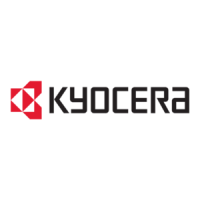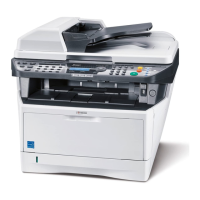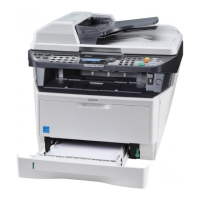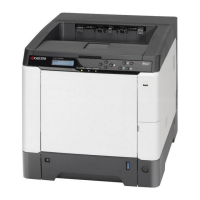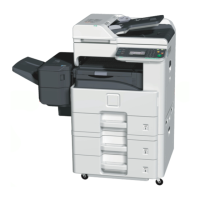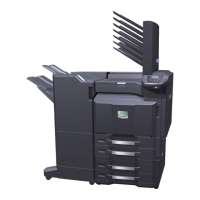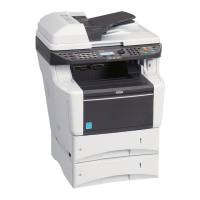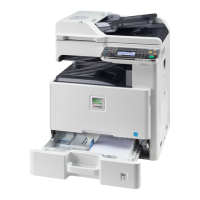Contents
1 INTRODUCTION ..........................................................................................6
1.1 ABOUT THIS MANUAL .................................................................................6
1.2 HOW TO USE THIS MANUAL.........................................................................7
1.3 PURPOSE OF THE APPLICATION ..................................................................8
1.4 ITEMS PROVIDED AS STANDARD ..................................................................9
1.5 ABOUT PCL BARCODE FLASH..................................................................10
1.5.1 Overview........................................................................................10
1.5.2 Terminology...................................................................................10
1.6 THE MAIN FEATURES OF PCL BARCODE FLASH..........................................12
1.7 SUPPORTED BARCODES ..........................................................................12
1.7.1 Linear codes (one-dimensional codes)..........................................12
1.7.2 Matrix codes (two-dimensional codes)...........................................13
1.8 SUPPORTED DEVICES..............................................................................14
1.9 EMULATIONS AND RESTRICTIONS SUPPORTED............................................16
1.10 BARCODE COMPATIBILITY.......................................................................16
2 INSTALLATION AND COMMISSIONING..................................................17
2.1 HARDWARE INSTALLATION........................................................................17
2.2 ACTIVATING AND DEACTIVATING THE SOFTWARE (TYPE A ONLY)..................21
2.3 STATUS PAGE AND TEST PRINTS (TYPE A AND TYPE B)...............................22
2.4 STARTUP PARTITION (TYPE A ONLY) .........................................................23
3 PROGRAMMING........................................................................................24
3.1 GENERAL ...............................................................................................24
3.2 CONTROL WITH PCL ...............................................................................25
3.2.1 Stop characters..............................................................................25
3.2.2 Stopping Barcode mode ................................................................26
3.2.3 Rules for base data........................................................................27
3.2.4 Quiet zones....................................................................................27
3.2.5 Positioning of the cursor ................................................................27
3.2.6 Further parameters and options.....................................................28
3.2.7 Alternative Escape characters .......................................................32
3.3 BARCODES AND MATRIX CODES WITH DIFFERENT PARAMETERS ..................34
3.3.1 Datamatrix .....................................................................................34
3.3.2 Datamatrix mode for printing from SAP .........................................39
3.3.3 QR Code........................................................................................41
3.3.4 MaxiCode.......................................................................................47
3.3.5 PDF417..........................................................................................53
3.3.6 Australia 4-state barcodes .............................................................58
3.4 ERROR MESSAGES ..................................................................................61
3.5 EXAMPLES AND INSTRUCTIONS ON USE .....................................................64
3.6 BARCODE TYPES ....................................................................................65
3.6.1 UPC-A............................................................................................65
3.6.2 UPC-A + a 2 digit extension...........................................................66
3.6.3 UPC-E............................................................................................67
3.6.4 UPC-E + a 2 digit extension...........................................................68
3.6.5 EAN/JAN-8 ....................................................................................69
3.6.6 EAN/JAN-8 + a 2 digit extension....................................................70
4
